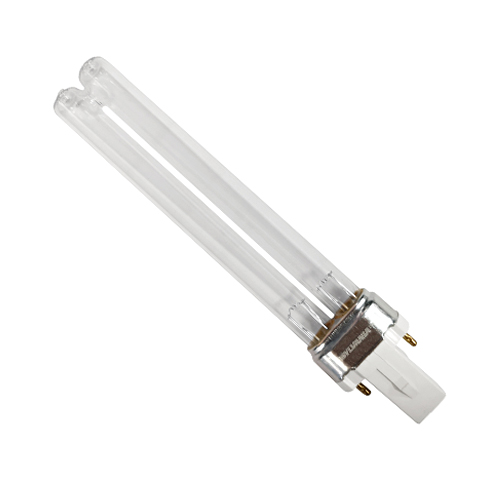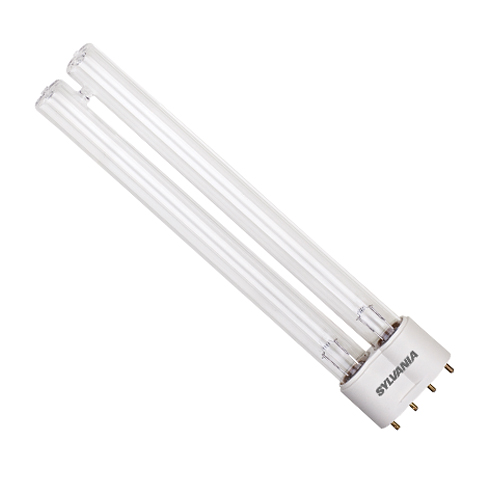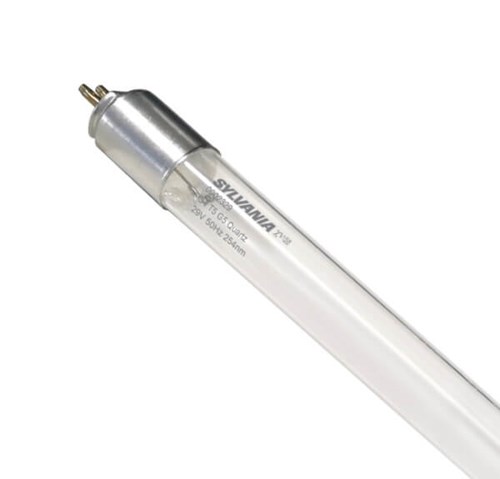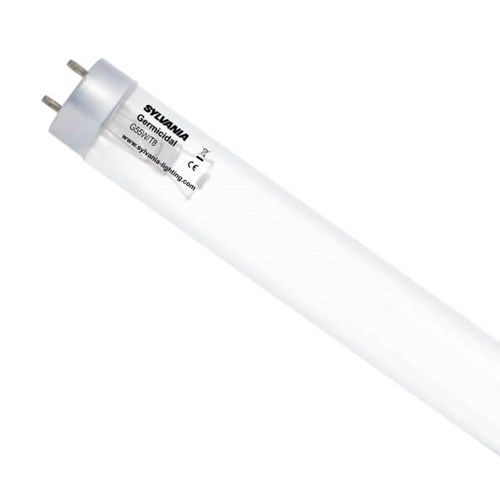UV-C Purification and Disinfection
A better quality of life with UV-C lighting
We all need to breathe air and consume water. They are two of the most essential things in life. Clean air and water support development and a healthy brain and body function. They make you feel happier, healthier and more energetic.
However what you don’t see can actually harm you. Air, water and surfaces have the ability to spread micro-organisms which can harm our health and our environment, such as viruses (including Coronavirus), bacteria and mould spores.
UV-C technology has been used for almost 80 years in the purification and disinfection of air, water and surfaces. It is a proven way of destroying the DNA or RNA of micro-organisms preventing their replication and effectively deactivating them.
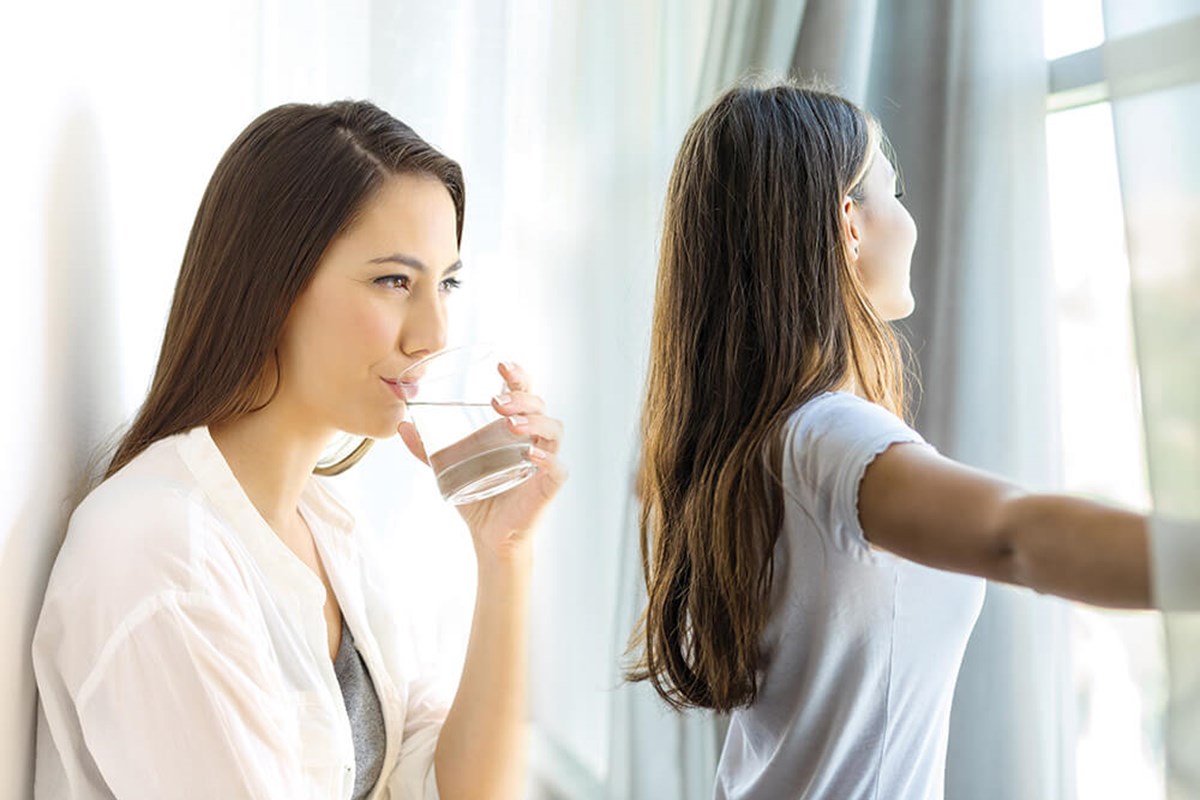
Meeting your purification and disinfection needs
Sylvania has a long standing history of expertise in the Germicidal business, having introduced its first lamps in the early 1940’s. We have eight decades of experience with UV-C rays for purification and disinfection of air, water and surfaces. Our extensive range of UV-C lamps contains compact and linear fluorescent lamps which efficiently destroy viruses, bacteria, mould spores and other micro-organisms.
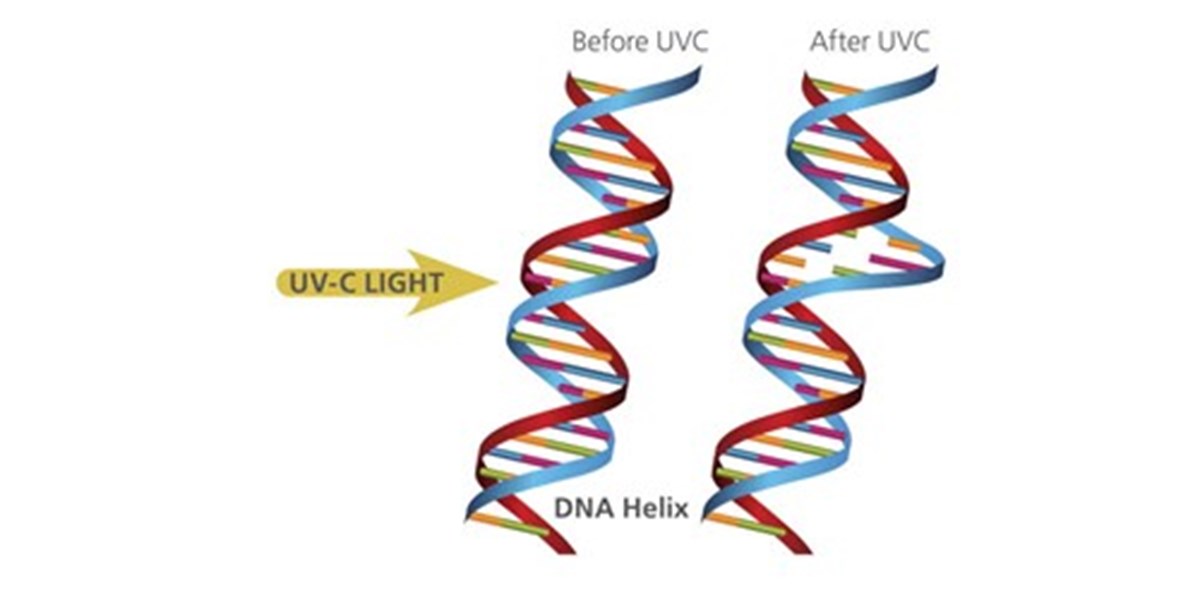
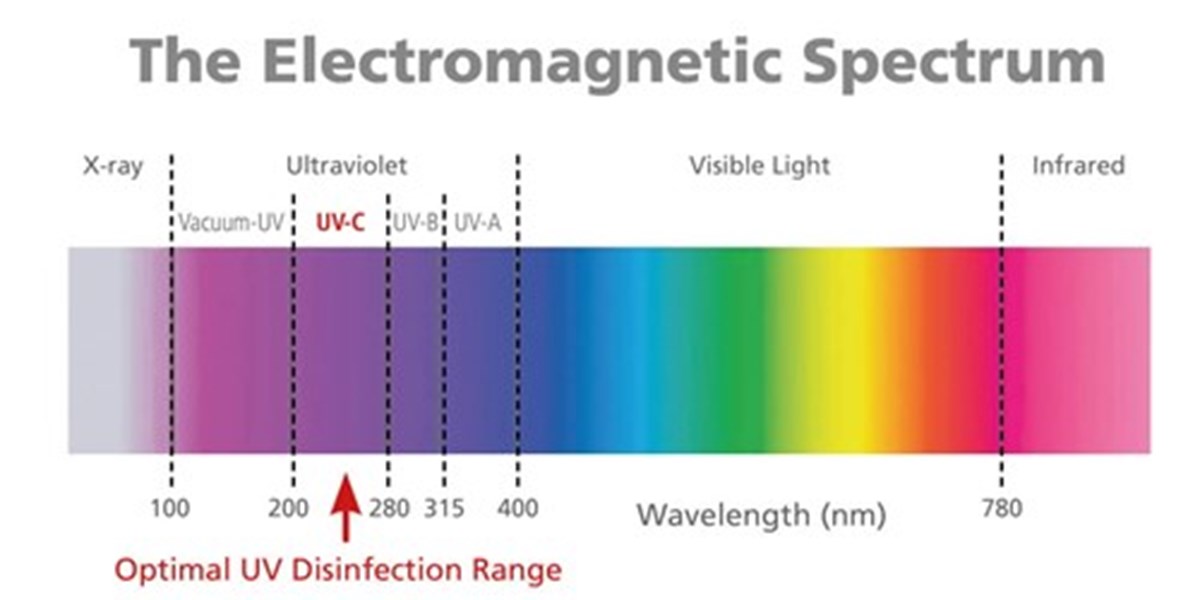
The science behind UV-C lighting
The optimum wavelength for the destruction of micro-organism DNA is 265nm. This falls within the UV-C spectrum (200-280nm) and therefore means that UV-C light is effective for disinfection of air, water and surfaces. The rays destroy the DNA of the micro-organisms thereby preventing the cells from dividing and effectively deactivating them.
UV-C Mercury lamps produce an intense radiation at 254nm and are thus extremely effective in destroying viruses, bacteria and mould spores.
Is UV-C lights the best solution for air-purification?
The mechanism of UV-C purification is quite simple. The lights basically change the DNA of micro-organisms and inactivate or destroy them. The longer the contact between the UV light and the germ the greater damage is caused to its DNA.
UV-C purification can be used effectively in many different areas. Studies (Nardell et al. 2008) show that the installation of UV lights in healthcare systems for instance, clearly contributes to the disinfection efforts without side-effects.
Factors that influence the effectiveness of UV-C disinfection and purification
The benefits of UV-C disinfection are indisputable, however there are some factors that may influence the degree of efficiency.
- Whether the pollutant gets into touch with UV-C light.
- How long the germ, bacteria or virus is exposed to the light.
- What the material of the bulb is.
- Whether there’s a sufficient dosage of light within the area to be purified.
What are the Benefits of UV-C Lighting for Purification and Disinfection?
- Effective Kills 99.8% of Micro-organisms
- Extremely Fast Purification time
- Easy to install, use and maintain Can be used in different application areas
- Cost-efficient Saving of time and disinfectants
- Ecological Disinfection Does not use harmful chemicals which may not be biodegradable
- UV-C mercury lamps remain unparalleled in their efficiency for the destruction of micro-organisms
- Short wave UV-C rays destroy the DNA or RNA of viruses, bacteria and mould spores stopping their replication
- Air is easy to purify because it’s quite transparent and UV-C light can penetrate and kill floating micro-organisms
- Surfaces can be disinfected using high UV-C intensities at close proximity
- Water can be disinfected by passing through an eradication chamber which uses UV-C lamps
- UV-C disinfection process of water does not alter its physiochemical composition which means that viruses, bacteria, microbes are removed but without adding any products which may be harmful to health or alter the taste
- Easy to install, use and maintain
- Cost-efficient
Application areas
Retail
High-touch areas such as shopping trolleys and cash registers have a high risk of transmitting germs
Work Places
Germs can be picked up from phones, keyboards, printers and stationery as well as through the air
Public Transport
Highly crowded public transport systems with low air circulation can lead to transmission of viruses and bacteria through air and surfaces.
Restrooms
One of the most common places to find harmful germs and bacteria
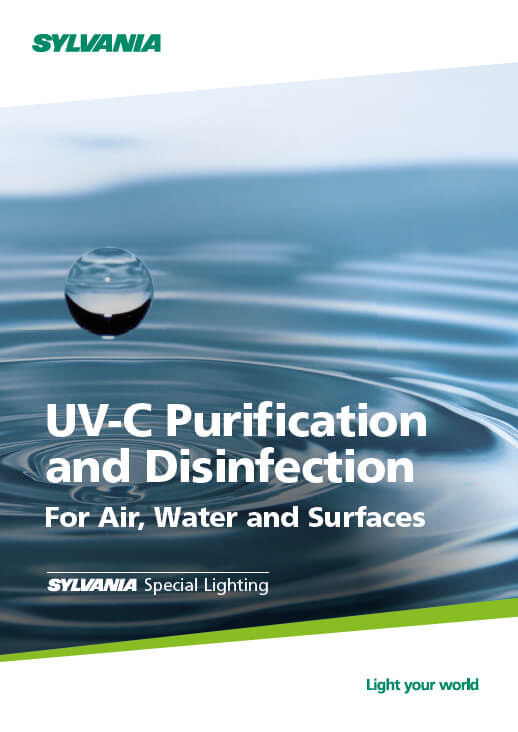
Download Brochure
Contact Sylvania’s SPG team for further information UVC@sylvania-lighting.com
A word of caution
- The radiation from these lamps is very harmful to eyes and skin. Always protect your eyes and skin against radiation
- Germicidal lamps must only be used in appropriate equipment and applications
- When using UV-C emitting lamps, the official reference guides and the current industrial guideline must be followed
- Maximum Permissible Exposure Time (MPET) can be established for a given range of wavelengths.
For example: 1 minute/day at a distance of 30cm - Germicidal lamps emit UV-C radiation and must not be used for general lighting purposes

